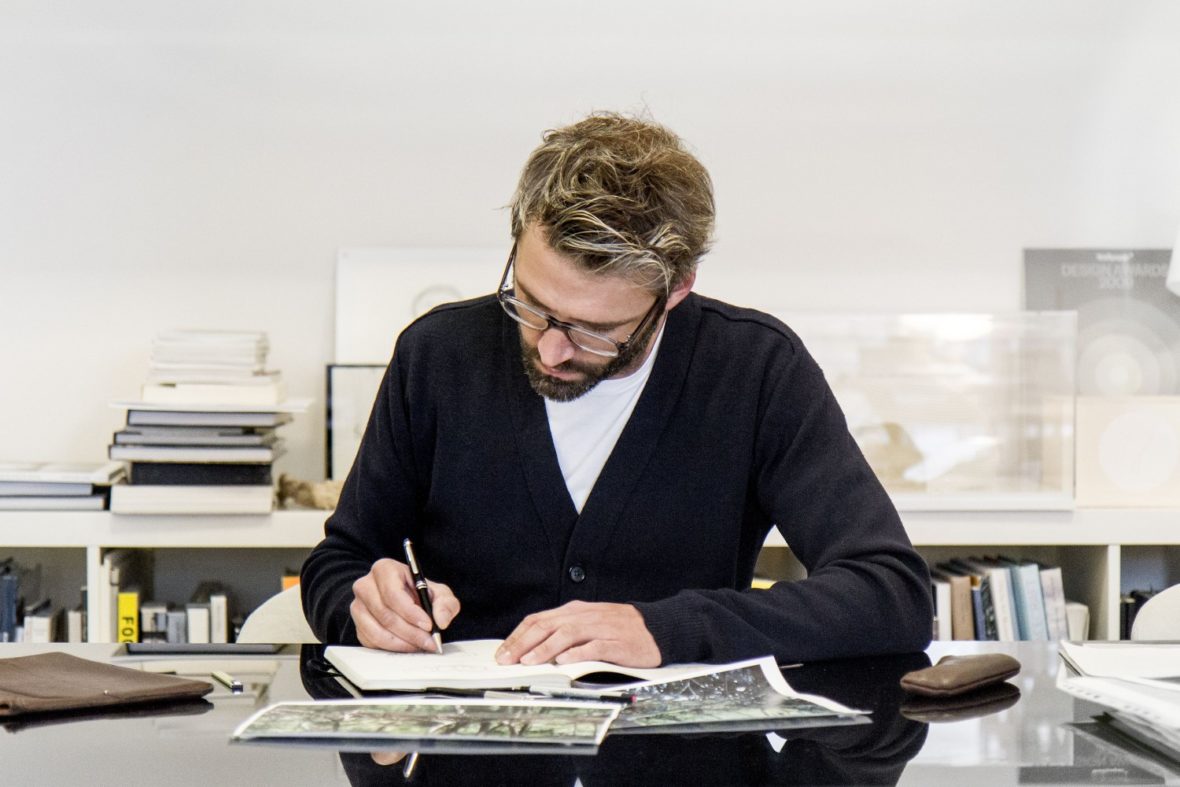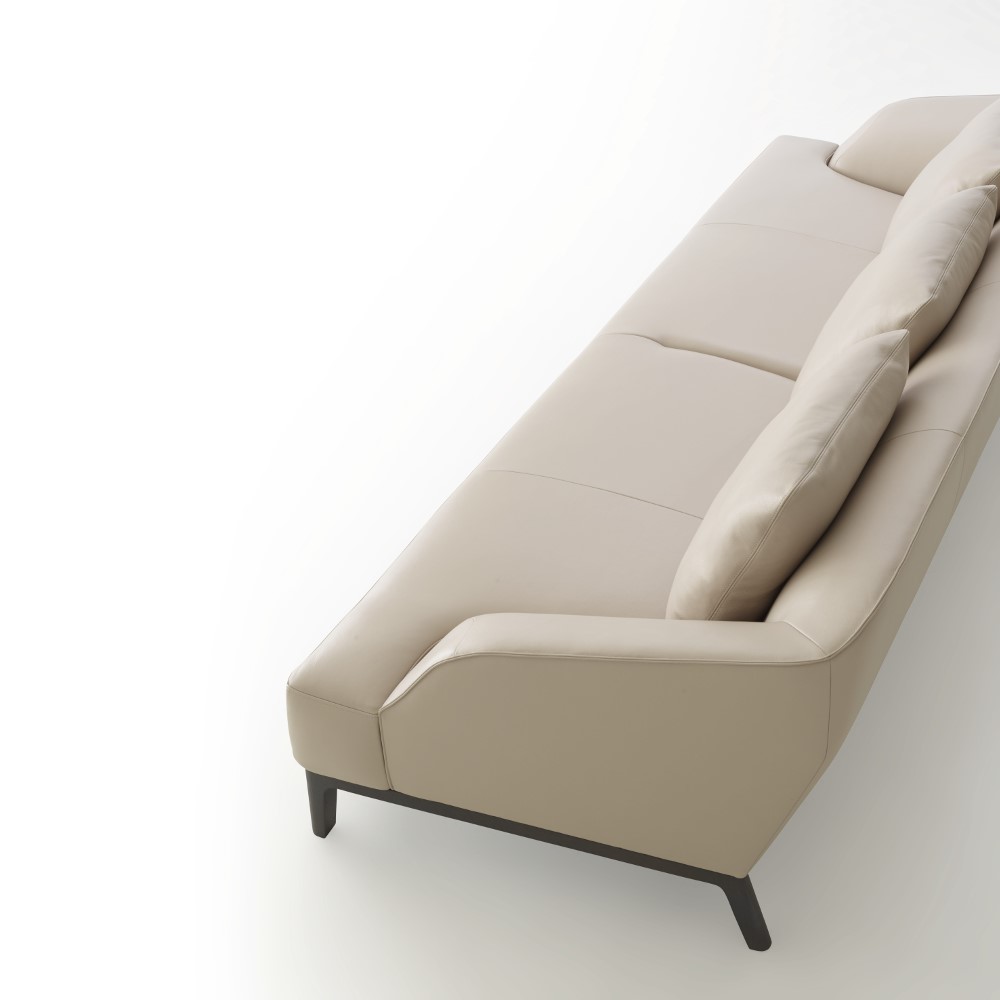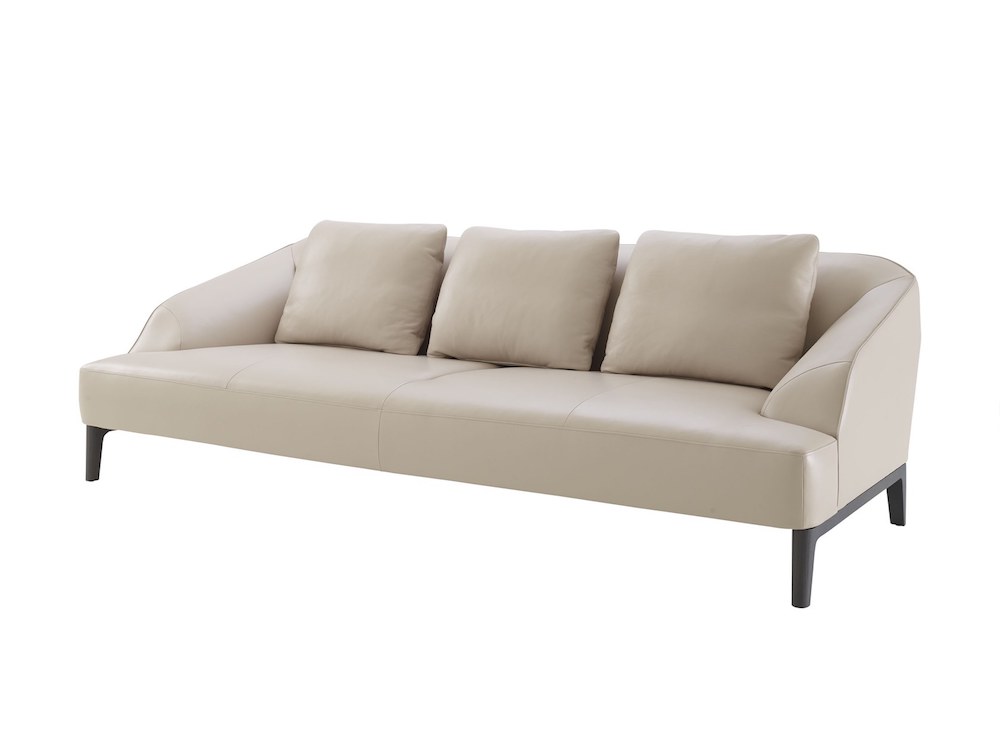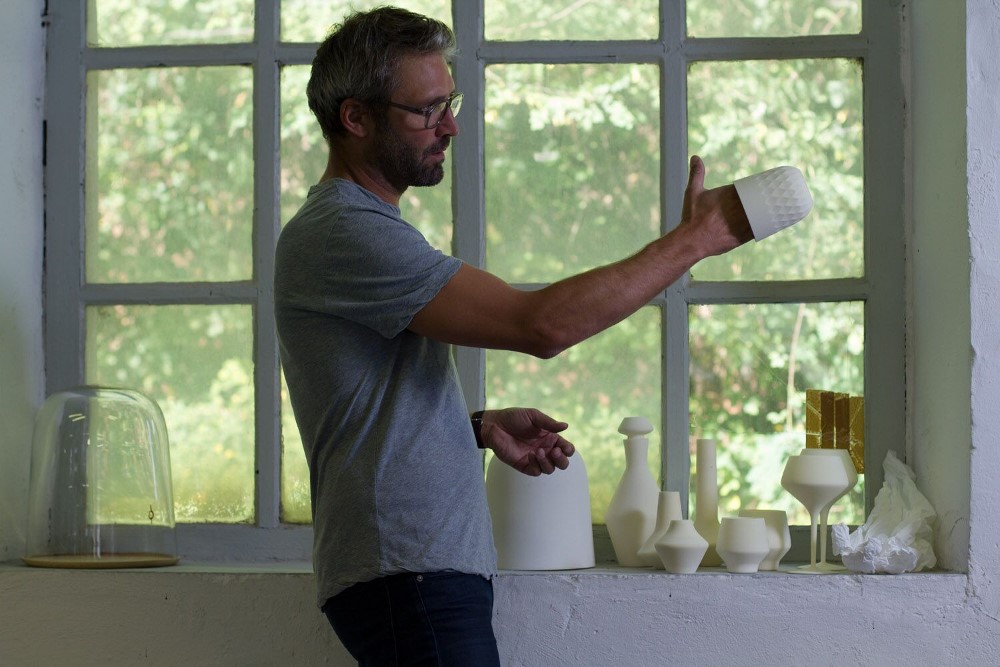Port speaks to the award-winning designer about the intersection of art and design in his work, and his latest project with Ligne Roset

Noé Duchaufour-Lawrance took an unorthodox route into design. Having initially trained in sculpture in Paris before starting creating furniture and interiors, he rose to prominence after being chosen as Designer of the Year by Maison & Objet in 2007 and has designed pieces for leading brands such as Hermes, Dior and the French lifestyle-design brand Ligne Roset, as well as interiors, such as at Sketch in London, where he was artistic director. With his work not restricted to one form or material, Duchaufour-Lawrance seeks to re-model and modernise existing templates, and he has become known for the variety and contemporary feel of his pieces.
Here, he talks to Port about the possibilities of design, why he’s not an industrial designer and his new sofa for Ligne Roset.

How does your training in sculpture come to inform your work as a designer? Why did you move away from sculpture towards something more functional?
Sculpture is very open, very free, and it has given me a certain sense of freedom in my work. I learned not to be limited to certain techniques or particular aspects of the production process, and it’s allowed me to go from one field to another without being limited by a lack of imagination. There is a French word for that, plastician – someone who can work with a variety of skills without having an exact knowledge of any of these. I’m not an architect, but I know how to design a volume and the sensation of a space, as well as the material I want to use and the goal I want to achieve. I just don’t know exactly the specifics of how you can build this or that.
I moved from that to creating functional objects, and it was interesting because it pushed me to consider the boundaries of function and abstraction. Yet, because of my lack of formal training, perhaps I have less technical skills and I’m less interested in the pure industrial aspects of design. I’m not fascinated by a coffee machine, for example. I think that the object is not limited to these technical elements. Furniture in a way is much more poetic and sensible than a pure industrial project. With furniture, we have to create things for people which have to be used and create a strong relationship with a person.

Where do you take your influences from?
When I was young I had a limited access to sculpture because I was growing up in a small village in Brittany, but my mother was a professor of art, so my main introduction to sculpture and art was through books.
I remember one of the first books I saw was of Andy Goldsworthy. He really impressed me in his work because there is a strong relation with the context, he is using only what he finds, and there is respect in his interaction with nature.
Your work has been quite varied, but is there a consistent approach that you have to your different projects?
I’m not an industrial designer because, to me, it doesn’t mean anything to produce an object. To re-do an object which is already there in so many various forms doesn’t mean anything. So I try to ask myself what we are going to give through the object. That’s very hard to know, but what I’m trying to do is see how the object I’m designing interacts with the user, how we can create this relation which is based on a sensual, or sensitive, interaction with the objects.

With Sintra specifically, how did that project begin? What were the initial ideas you had for it?
That was not at all about sculpture and an idea of an abstract environment, it was much more about Ligne Roset who were looking for this kind of project – an object which took its roots from a classic sofa. The question was how can we use these shapes and codes which people know about with the sofa, but integrate them into something more contemporary and progressive. There was a duality to the project, aiming to create something timeless – both modern and classic.
I found the starting point for the form in classical shapes, such as sofas from the 1940s, and then we moved to these deeper, more generic sofas – the kind which are made for country houses. We took all this language and re-appropriated it – thinking about how these traditional signs can become something with more tension, and more graphic strength.
It was also important to work for Ligne Roset because I designed this for them, not for somebody else. That’s why I talk about the context of a piece, because I want to have this very strong relation with the people I’m working with. We have to understand each other, to speak the same language and to have the same view, otherwise it’s going to be compromise.